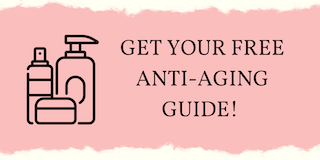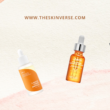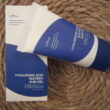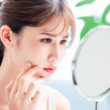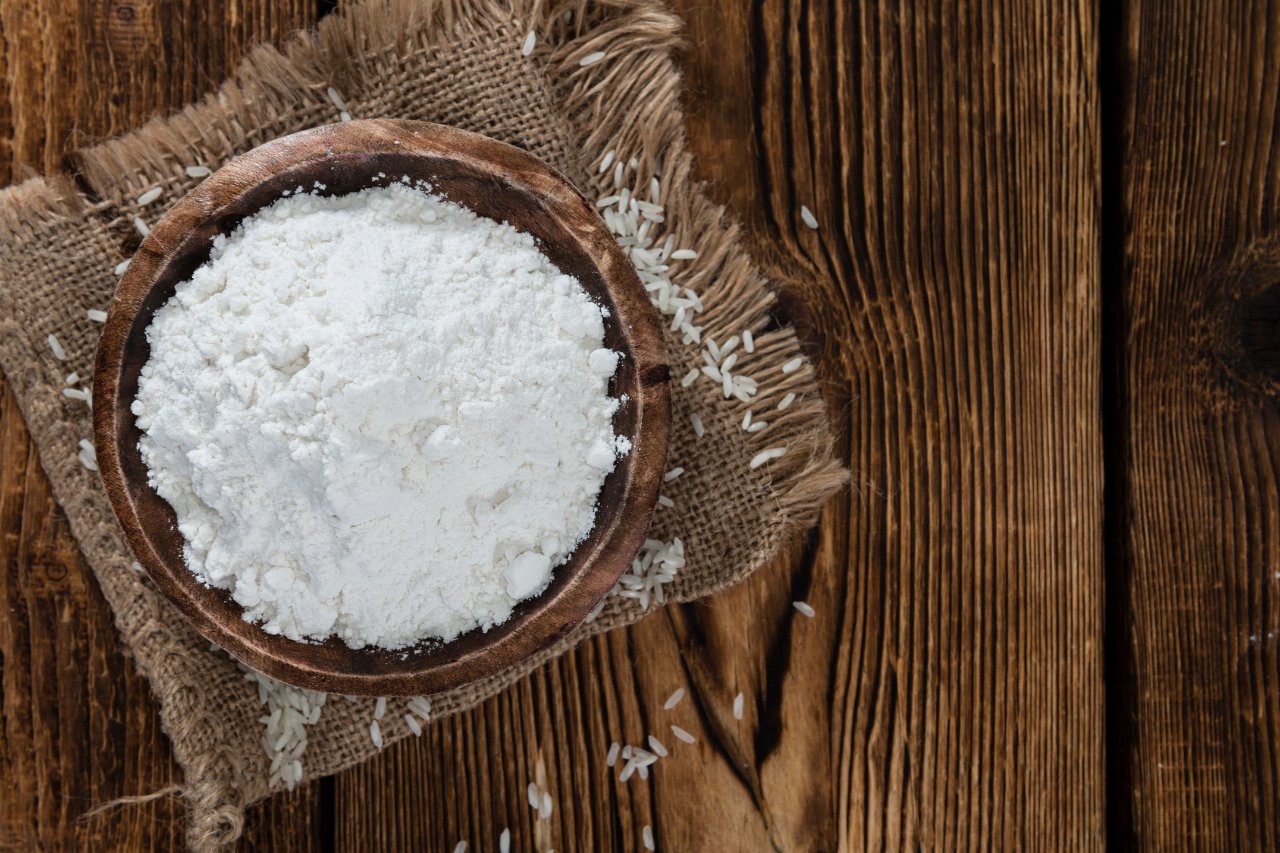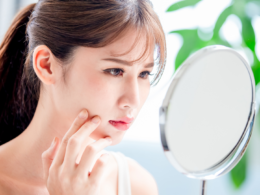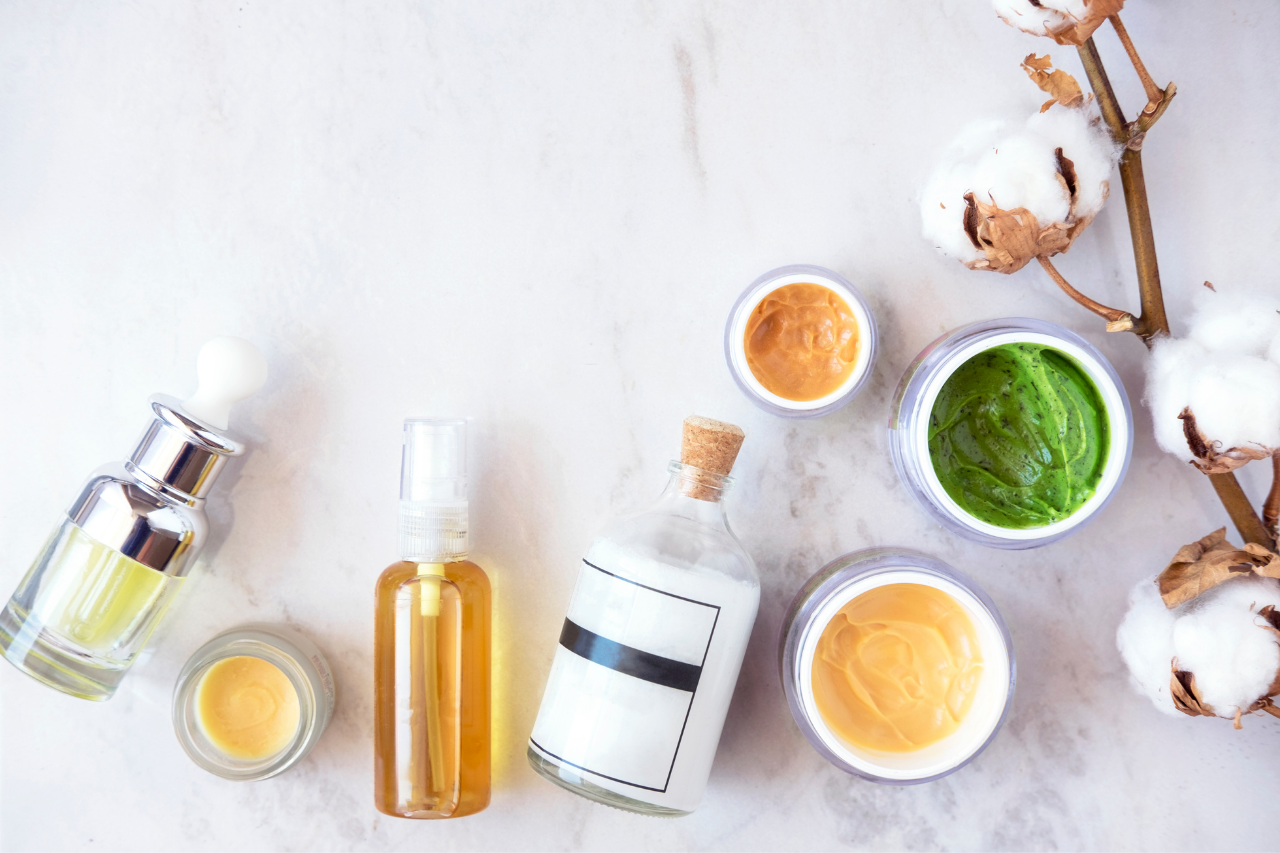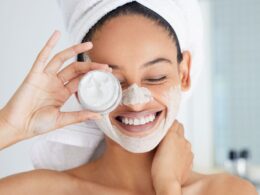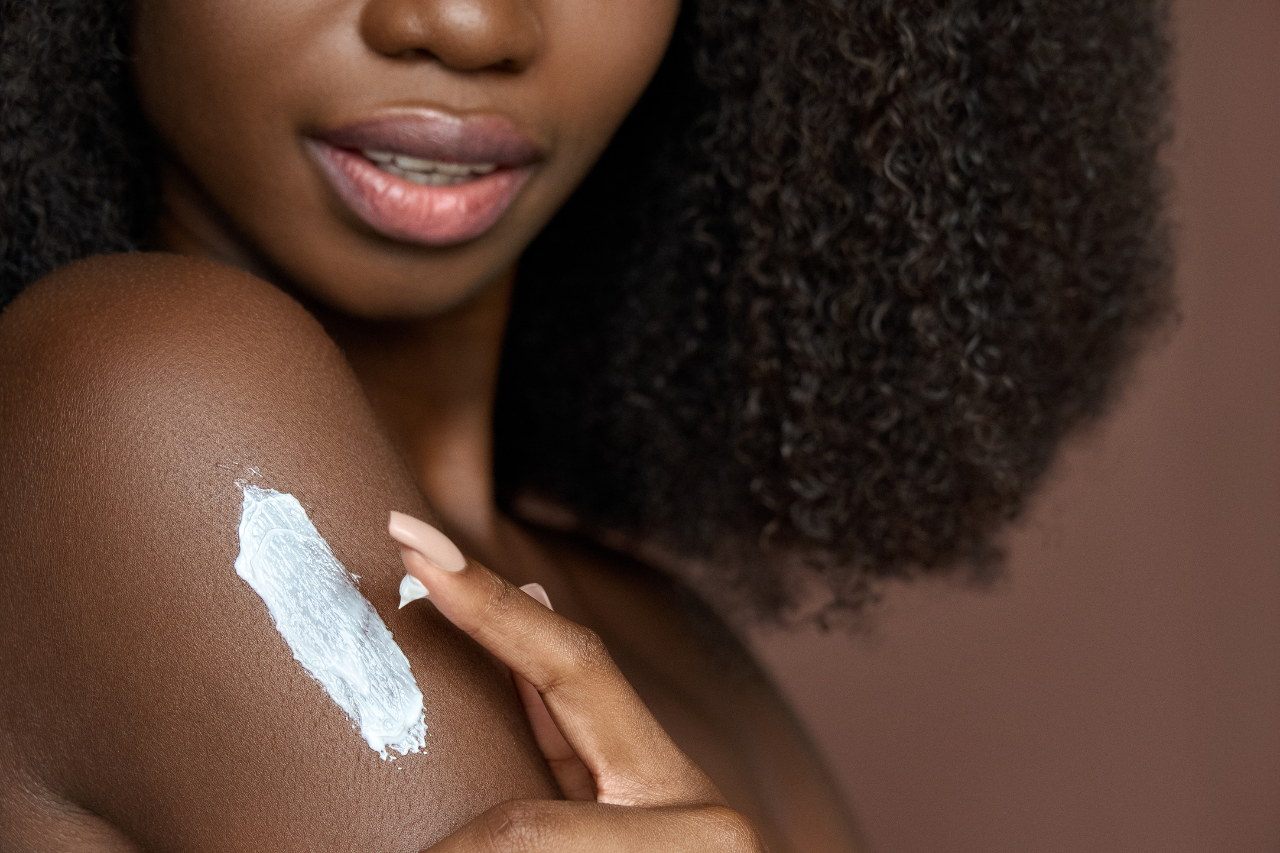If you are a skincare junkie, or a skintelligent as we like to call it, you might have heard about rice flour for skin. Although it is quite popular in East Asian countries like Korea, Japan, it hasn’t made its way to Western skincare markets that much.
We know that several components of rice, in general, are used in skincare. However, the question begs the answer: Is rice flour worth the hype, and do you absolutely need this ingredient in your routine?
What is rice flour?
Technically, all grains, including rice are made from three main parts: the bran, the germ, and the endosperm. Out of these, bran is considered the one with the most antioxidants and health benefits. Rice flour is made from separating these and grinding rice grains into powder form, just like any other flour really. It contains high levels of protein and is gluten-free.
Is rice flour the same as rice powder?
They sound similar, but their texture is different. Rice flour is more finely ground than rice powder. Plus, rice powder probably won’t dissolve in the water because its granules are bigger. You can come across either rice flour or rice powder in skincare formulations. They are mainly rice extracts or rice starch forms in some hair care products, for example.
Benefits of rice flour for skin (allegedly)
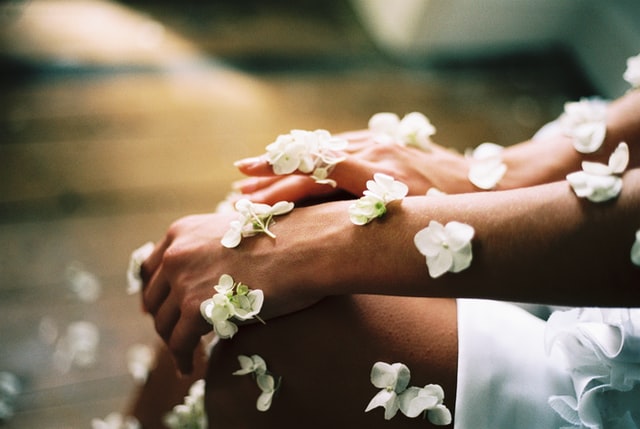
Let’s get one thing out of the way: rice flour for skin isn’t one of those concepts that are extensively backed by research. With that said, there are some studies that circle around ferulic acid and phytic acid (extracted from the bran) and these are the common agents added to skincare products.
Skincare is truly about testing and seeing what works for you. In the case of rice flour, this is especially true because some people will find it more beneficial than others. We will only talk about the benefits of rice flour that attracted some debate around them and see how they are proven by science.
Benefits of rice flour for skin #1: It is a natural exfoliant
Rice flour itself doesn’t have exfoliating properties, but some rice extracts have shown an exfoliation effect. This is mostly related to phytic acid which is an Alpha Hydroxy Acid (AHA).
If you are confused as to what that means, read our blog post on understanding chemical exfoliation, meaning AHAs and BHAs.
Phytic acid is extracted from other plants as well like nuts, seeds, and whole grains. Its ability to shed skin cells makes it a perfect fit for anti-aging routines, as well as anti-aging skincare products. It is sometimes used in chemical peels to get rid of acne scarring.
Benefits of rice flour for skin #2: Rice flour can help oily skin
This one is due to the oil-absorbing quality of rice flour in general. Phytic acid plays a role here too, it helps acne-prone skin shrink the pores and heal post-acne lesions.
This study looked at the efficiency of phytic acid in acne treatment. It concluded that it is effective for acne treatment along with its other AHA/BHA buddies glycolic and salicylic acid. It is also effective for treating post-acne inflammation.
Benefits of rice flour for skin #3: Additional sun protection
There are also some claims among the benefits of rice flour for skin when it comes to sun protection. You might be thinking, do I really need rice flour for sun protection while there is Vitamin C or just sunscreen anyway. Well, you are not wrong. Seems like every ingredient out there claims to have added UV protection. So, I am not going to favor one over the other. Instead, let’s just see what benefit rice flour for skin offers in terms of UV protection. Here is what we know.
Rice flour contains PABA (Para-aminobenzoic acid) and ferulic acid. While the use of PABA has been controversial for a long time, ferulic acid has been touted for its antimicrobial and antioxidant traits. However, their exact concentrations in the rice itself are still unknown. So, we have that yet to be discovered sometime later by science.
Ferulic acid from rice can be used with Vitamin C, Vitamin E to protect the skin from harmful sunlight. It is also used in serums as a stabilizer of both Vitamin C and E.
How to use rice flour for skin the right way
The internet is overflowing with DIY rice flour masks and I also have some opinions about it. However, paired with other ingredients they might work for the skin. In order to avoid any allergic reactions or skin complications, it is better to use rice flour in skincare products. Since the rice flour in these products is lab-tested, it will be much safer to use them on the skin.
Are rice flour DIY masks worth it?
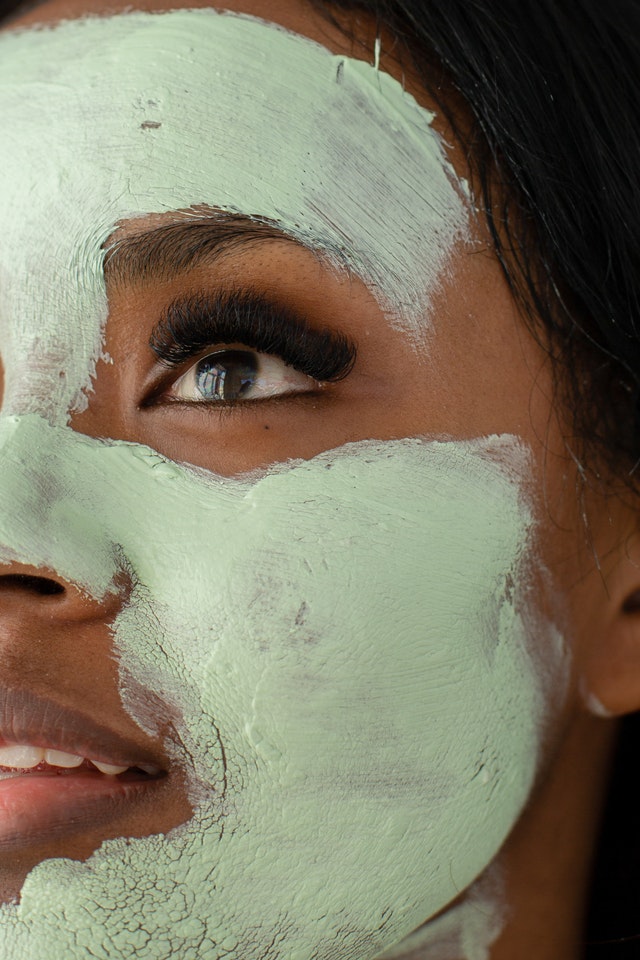
I have many opinions about DIY masks, and frankly, we at THESKINVERSE house aren’t big on DIY masks. It is just like that show everyone likes and you don’t. That’s what it feels like sometimes.
Why aren’t we big fans of DIY masks? Because they are risky, messy, and sometimes just not worth the effort. I mean, any DIY thing comes with its own potential risks. But am I the person who is going to write the DIY recipe for a rice flour mask for you? You bet I am.
Because even though I have strong opinions about DIY masks, my opinions don’t have to necessarily be yours. My opinions don’t have to be your reality. If you like them and think they work for you, great!
Here is one DIY recipe for a rice flour mask:
You are going to need:
- 1/4 cup rice flour (regular or sweet)
- 1/4 cup water
- 1 tbsp of olive oil (optional)
Step 1: Get a mixing bowl. First, add the rice flour, then slowly add water. Mix until it forms a paste. Add one tablespoon of olive oil if you have dry skin. Leave it out if you have oily skin.
Step 2: Apply a thin layer to the face. Leave on for 10-15 minutes until it dries out.
Step 3: Rinse the skin with warm water and a washcloth.
Step 4: Put on your go-to moisturizer.
Because it is a DIY mask, you can keep it in the refrigerator for a week or so.
IMPORTANT: Again, these masks have not been clinically tested. But that doesn’t mean they can’t work. If you want to try it out, go ahead. It is unlikely for rice flour to irritate the skin, but if it does, stop using it asap for the love of the skin.
Can you use rice flour for hair?
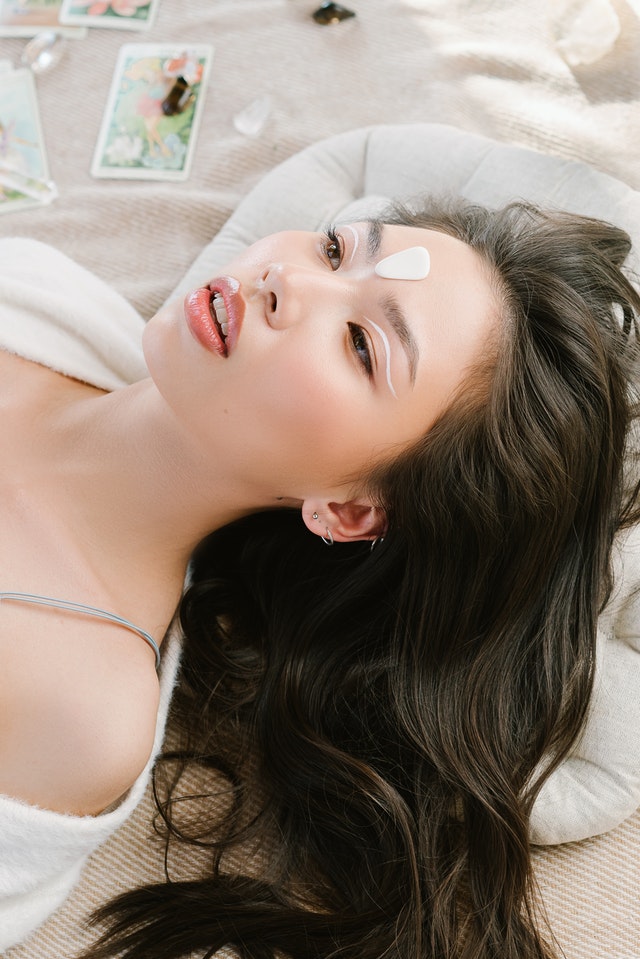
The rice starch in rice flour makes it the best ingredient, especially for oily scalp. It absorbs the excess oil and minimizes the grease. If you want to experiment with DIY recipes with rice flour, a hair mask would be the best place to start probably.
Are there any side effects of using rice flour for skin?
Since the effect of rice flour on skin has been studied very little, it is not notorious for breakouts, or skin irritation. However, as DIY masks can be complicated, do a patch test before putting them on your face. This is especially important if you have sensitive skin.
To conclude
Some elements extracted from rice such as ferulic acid, phytic acid extracts have proved themselves effective in acne treatment and skin exfoliation. Even though there is little evidence to support rice flour for skin, there is some that might be enough in some cases. So far, added UV protection might be my top favorite skin benefit of rice flour.
Rice flour for skin can be the new ingredient on the block. Overall, if you love experimenting and skincare on a budget, DIY rice flour mask recipes can be for you. I know, enough of me trashing DIY masks, but hey, you do you.

